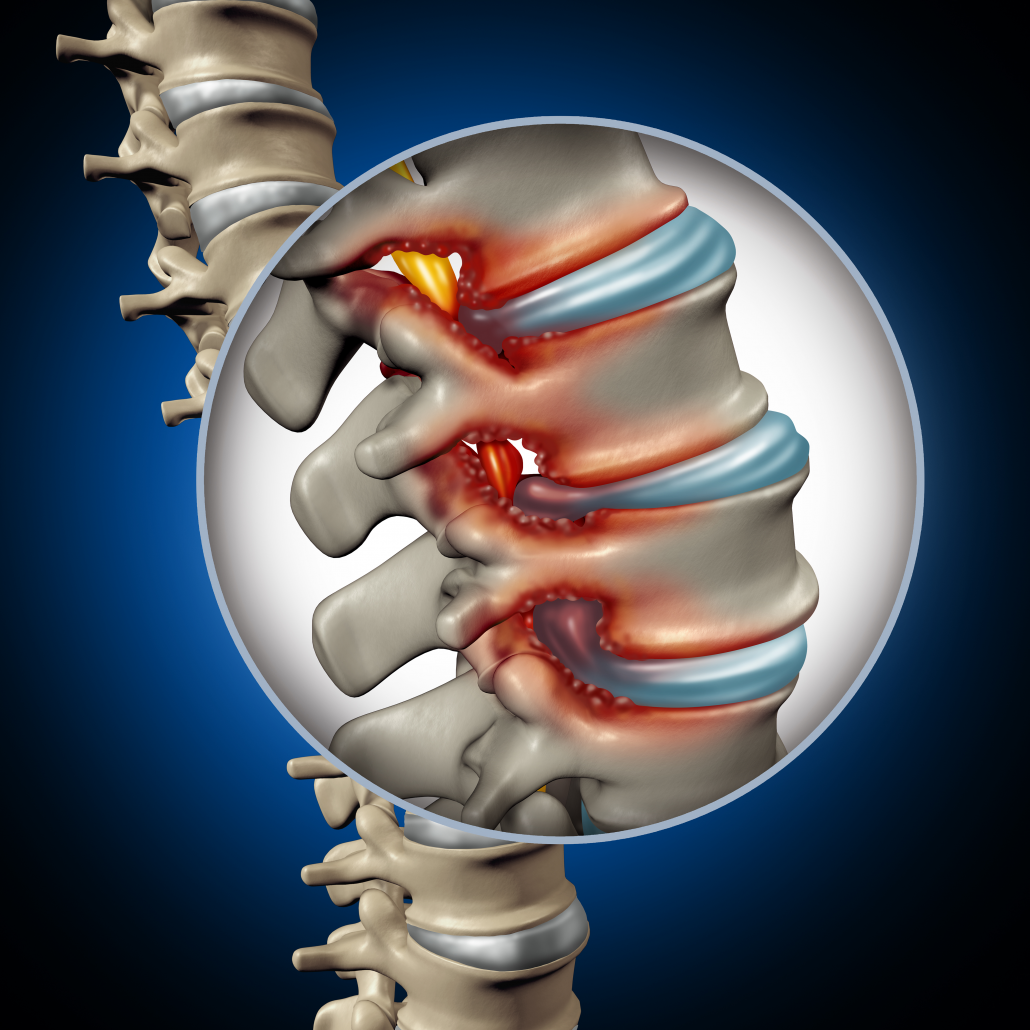Living Without Boundaries: Successful Pain Management Case Studies

Living with pain can be a daunting experience that influences every aspect of life. Whether you are dealing with sudden pain from an injury or persistent pain caused by conditions like arthritic conditions or fibromyalgia, the struggle to find adequate relief can feel insurmountable. Luckily the field of pain control has grown considerably, offering a variety of options and approaches designed to help people take back their well-being. This article examines proven pain management success stories, shedding light on the multiple strategies to managing pain and enhancing well-being.
From grasping the basics behind pain to investigating the latest treatments, we strive to offer a comprehensive resource to maneuvering through this complex landscape. Whether you seek standard drug treatments or thinking about holistic treatments, this article offers valuable insights into successful pain management techniques. Come with us as we discover the varied routes available for people desiring alleviation, support, and a existence free from limits.
Grasping Discomfort Management
Suffering management is a holistic method aimed at reducing suffering and improving the standard of life for patients experiencing acute or persistent pain. It encompasses a variety of theraputic methods and treatments intended to tackle multiple types of discomfort, from sharp sensations to persistent incapacitating conditions. By grasping the underlying reasons and mechanisms of discomfort, healthcare professionals can customize treatment plans that cater to individual needs, resulting to more beneficial results.
The science behind pain reveals that it is not just a somatic experience but also a complicated combination of physical, mental, and community factors. Pain perception varies from individual to individual, determined by unique histories and emotional health. This intricacy is why pain management approaches must be varied, integrating drugs, physiotherapeutic therapy, psychotherapy, and daily life adjustments to create a holistic treatment framework. Awareness of this interconnectedness is vital for both patients and providers in navigating discomfort management options.
Grasping the various types of discomfort is important for applying effective management strategies. Intense pain typically comes from trauma or surgery and usually to resolve with recovery, while chronic pain continues beyond the original cause has been addressed, frequently requiring continuous treatment. Discomfort management facilities focus in diagnosing these distinctions and delivering personalized treatment plans. Engaging with these dedicated clinics can equip patients to manage their suffering, likely restoring stability and boosting their total wellbeing.
Successful Treatments and Solutions

When it comes to pain management, multiple therapies and treatments can be found to cater to individual needs. Rehabilitation therapy is a key cornerstone approaches, emphasizing strengthening and stretching exercises that promote mobility and alleviate pain. Patients engage in tailored programs that both address immediate pain but also target long-term recovery and prevention strategies. This holistic approach empowers individuals to reclaim their physical capabilities and enhance their daily function.
Chiropractic care is another vital component in the realm of pain management. By using spinal manipulation and other manual techniques, chiropractors seek to enhance alignment and relieve pressure on nerves, potentially reducing pain levels significantly. This treatment is especially beneficial for those suffering from chronic pain, such as lower back pain and headaches. Regular chiropractic sessions can also supplement other therapies, offering a comprehensive strategy to manage pain effectively.
Holistic approaches, such as acupuncture and massage therapy, offer additional options for those seeking relief. Acupuncture, which requires inserting thin needles into specific body points, has been shown to release endorphins and improve circulation, helping to alleviate pain without pharmaceuticals. https://postheaven.net/cellarhelp0/holistic-approaches-to-pain-bridging-therapy-and-healthcare is centered on easing muscle tension, promoting relaxation, and enhancing blood flow, providing immediate pain relief for various conditions. In conjunction, these alternative therapies enhance a well-rounded pain management plan, ensuring patients find the relief they need through conventional and holistic approaches.
Way of Living and Whole-Person Methods
Integrating lifestyle modifications can greatly enhance strategies for managing pain. Regular movement, such as walking, swimming, or mindful movement, fosters overall well-being and can reduce chronic pain symptoms. Movement fortifies muscles, enhances flexibility, and produces endorphins, which are innate analgesics. Additionally, upholding a healthy weight can alleviate stress on joints, notably in conditions such as arthritis-related issues. Simple adjustments in daily activities, including adjusting posture and ergonomic setups at work, can likewise contribute to long-term pain reduction.
Diet plays a crucial role in pain relief as well. Adopting an anti-inflammatory diet can help reduce pain levels for countless individuals. Foods rich in omega-3 fatty acids, antioxidants, vitamins, and minerals bolster the body’s healing processes. Incorporating fruits, vegetables, whole grains, and nutritious fats while limiting processed foods and sugars can create a positive environment for pain management. Staying hydrated is equally crucial, as dehydration can intensify discomfort and muscle strain.
Comprehensive approaches, including mindfulness and stress reduction techniques, are critical components of successful pain management. Methods such as focused meditation, breath work, and progressive muscle relaxation can help individuals handle the psychological components of pain. Being present encourages a present-focused mindset that can lessen the experience of pain. Additionally, activities like mindful movement and tai chi not only enhance stretching ability and physical strength but also support mental well-being, creating a comprehensive approach to managing pain through both physical body and mind.
